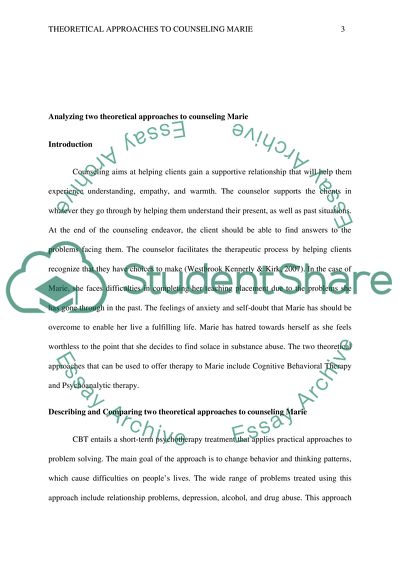Cite this document
(“Analysing two theoretical approaches to Counselling Marie Essay”, n.d.)
Analysing two theoretical approaches to Counselling Marie Essay. Retrieved from https://studentshare.org/psychology/1400942-analysing-two-theoretical-approaches-to
Analysing two theoretical approaches to Counselling Marie Essay. Retrieved from https://studentshare.org/psychology/1400942-analysing-two-theoretical-approaches-to
(Analysing Two Theoretical Approaches to Counselling Marie Essay)
Analysing Two Theoretical Approaches to Counselling Marie Essay. https://studentshare.org/psychology/1400942-analysing-two-theoretical-approaches-to.
Analysing Two Theoretical Approaches to Counselling Marie Essay. https://studentshare.org/psychology/1400942-analysing-two-theoretical-approaches-to.
“Analysing Two Theoretical Approaches to Counselling Marie Essay”, n.d. https://studentshare.org/psychology/1400942-analysing-two-theoretical-approaches-to.


